The online experience of art Objectless art has been around for a while with its roots in Fluxus, conceptual art and post-performance art. Glitch art, GIFs and web collage have been omnipresent and have permeated many aspects of cultural life as well as commercial advertising. Journals including NOOART (Journal of Objectless Art) reflect a sophisticated discourse that has arisen around objectless art. Objectless prints and posters – in other words prints entirely conceived on a computer screen and designed to be viewed on computer screens anywhere in the world – appeared freakish a few decades ago and are now marketed as downloadable prints internationally. In contrast to art that was conceived from the outset to exist as a digital code and to never seek refuge through objectivity, there is a growing fashion for objectless art that is basically a surrogate for something that exists as a physical object. Museums around the world have for at least a couple of decades offered virtual tours to their exhibitions – usually in the form of a slick promo to encourage you to go and see the real thing. COVID-19 has changed all of that and the ‘real thing’ has become inaccessible, possibly permanently inaccessible, and all that we are left with is the virtual tour. On March 12, 2020 the Tate opened its much-anticipated Andy Warhol exhibition that was scheduled to run until September 6, 2020. Five days after it opened, the Tate closed its doors indefinitely and the potential audience was treated to a rather lame curators’ virtual tour of the exhibition that only highlighted the tragedy of missing what appears to be a great show. As far as recent virtual tours go, my favourite is from the Hermitage Museum in St. Petersburg in Russia that runs for a cool 5 hours and 19 minutes and takes in 45 of the museum’s galleries with a focus on 588 works interspersed with live performances. With echoes of Alexander Sokurov’s Russian Ark (2002), the Hermitage virtual experience is also one continuous take. What I like about it is that it is an artwork in its own right, rather than a clinical documentation of something that is now inaccessible to us. As public and commercial art galleries are generally closed to the public (although occasionally some of the commercial art galleries are accessible by appointment) most of the art has gone online. If art is thought of as a commodity, then there is no reason why collectors should not buy art online in very much the same way as they may acquire an expensive piece of furniture or fashion garment. If, on arrival, the garment fails to live up to expectations, it can easily be slipped back into its box and returned for a full refund. Likewise, if the purchased artwork when displayed in its new setting fails to please its new prospective owner, it can normally be sent back for a refund. I must confess that I am a highly addicted art user and I need my regular fix of seeing art in the flesh – with its tactile surfaces, scale and even sense of smell – and do my frequent commercial art gallery crawls on a look out for artists whose work I have never seen before and whose names are unfamiliar to me. Art that I see on my computer screen, or even worse on the small screen of my phone, does little for me unless I already know the artist well and have a good idea of what her work usually looks like in the flesh. The digitised image is of course better than nothing, but it is a bit like a shadow of the real thing. The lockdown of our galleries does in a curious way throw open possibilities. For many years I have been interested in the work of contemporary Russian artists working in Australia. Over the years I have encountered a handful of such artists and found the work interesting, intriguing and ultimately fascinating. There have been exhibitions of the work of Russian artists scattered throughout Australia, but what I thought would be a good idea would be to hold Logistics of hiring a venue and having the appropriate lighting and security (not to mention the politics of accepting and rejecting work) as well as the considerable expense to the artists as well as the organisers made such a venture not viable. With the coronavirus locking us down, the opportunity arose for a national exhibition that could be held online. Vladimir Kouzmin, the editor of the Russian language newspaper in Australia ‘Unification’ that is celebrating its 70th anniversary, much to my surprise, agreed to give realisation to my proposal. Assisted by the talented web designer Leonid Tsvetkov who within a couple of weeks had devised a simple, attractive and user friendly webpage on the newspaper’s website and after a couple of weeks of word-of-mouth advertising on Russian language social media sites from a greater pool of potential candidates, I selected 27 artists and about 70 works for the first instalment of our exhibition. On April 25, 2020 it went live with texts available in Russian and English. My intention is to add to the website as new artists apply for consideration for the exhibition with a target of about 40 artists by mid-May and 60 or so artists by June 15, which will be the cut-off date for the online show. While as curator I adopted a broad-church approach to show including a broad range and diversity in mediums, styles and conceptual approaches, I did enforce a professional standard in the selection that rejected work that technically was unresolved or bordered on photographically derived commercial illustration. The results are fascinating with the names of most artists unfamiliar to me. There are a number of very strong artists, primarily women, who are worthy of greater national exposure. Perhaps when this virus thing blows over, there may be a chance to stage a smaller and more selective exhibition where the work can be presented to the public in the flesh. For the time being, this virtual adventure unfolds and, at least for the curator, this is a particularly exciting experience.
1 Comment
|
GRISHIN'S ART BLOG
Sasha Grishin AM, FAHA is the author of more than 25 books on art, including Australian Art: A History, and has served as the art critic for The Canberra Times for forty years. He is an Emeritus Professor at the Australian National University, Canberra; Guest Curator at the National Gallery of Victoria, Melbourne; and Honorary Principal Fellow, Faculty of Arts, at the University of Melbourne. Archives
June 2024
Categories
Keep up-to-date with Sasha Grishin's blog with the RSS feed.
RSS offers ease of access and ensures your privacy, as you do not need to subscribe with an email address. Click here to download a free feed reader |
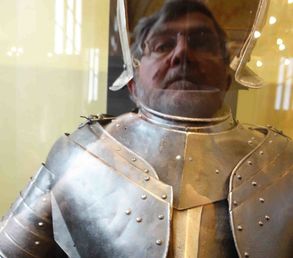
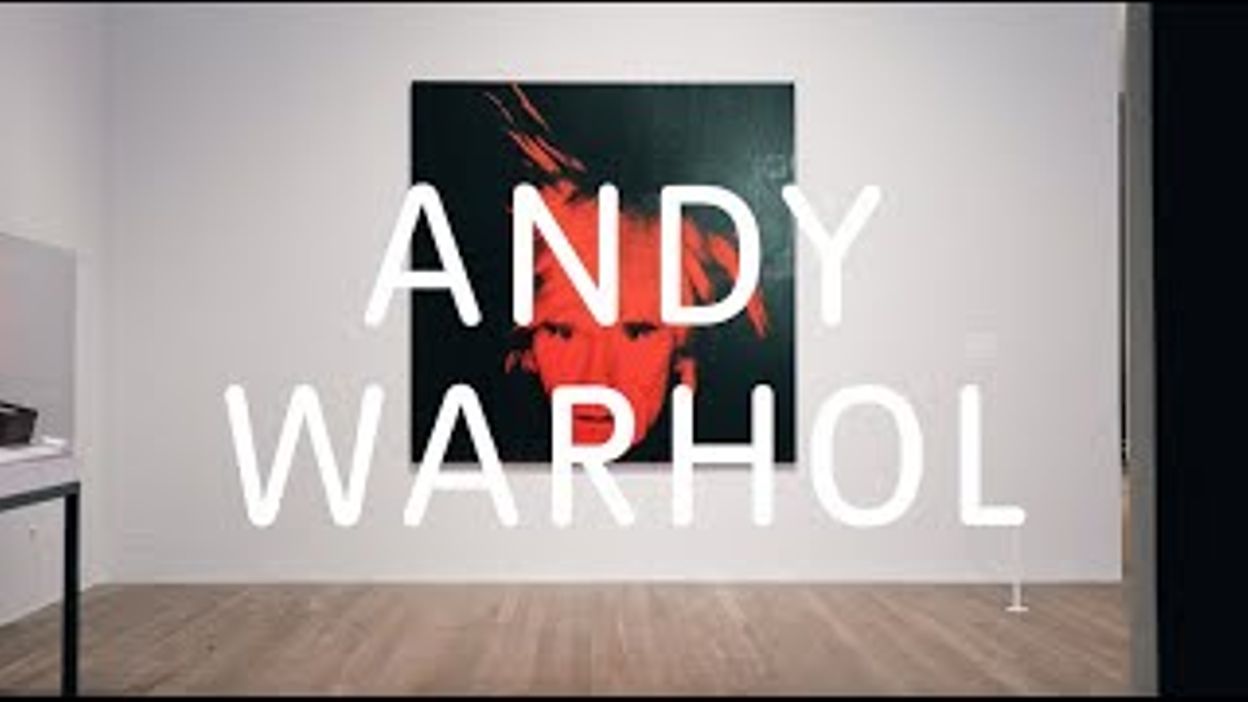
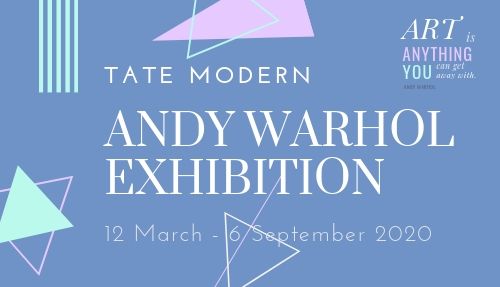
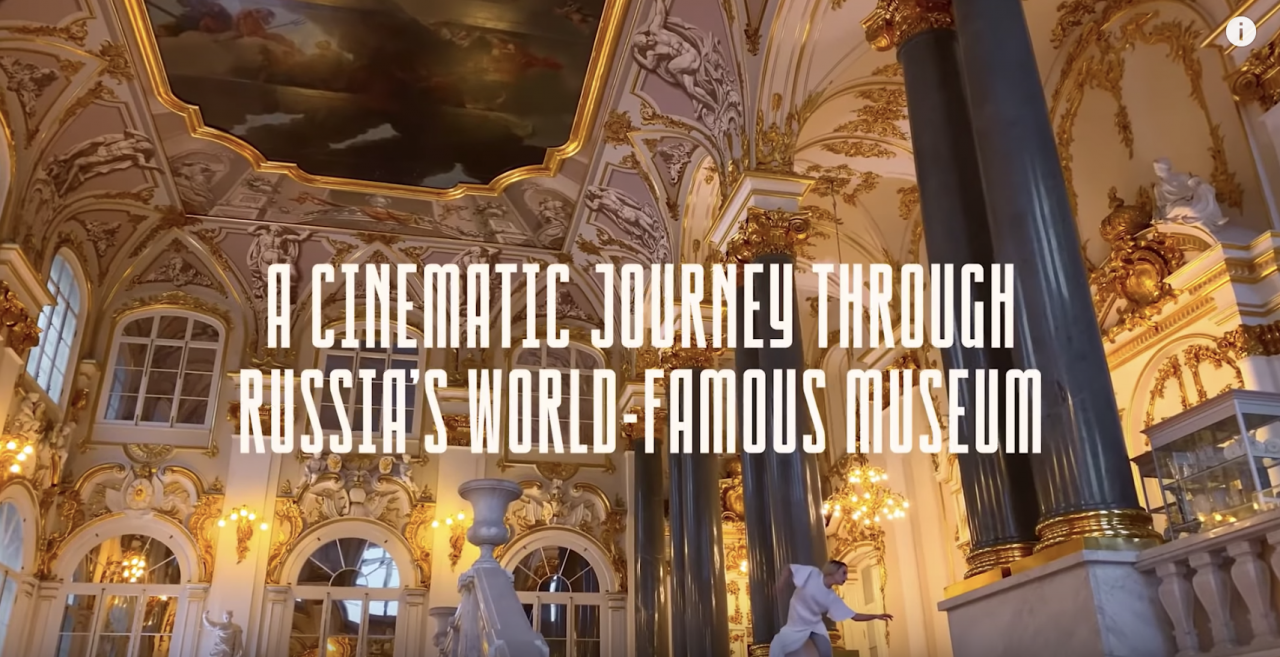
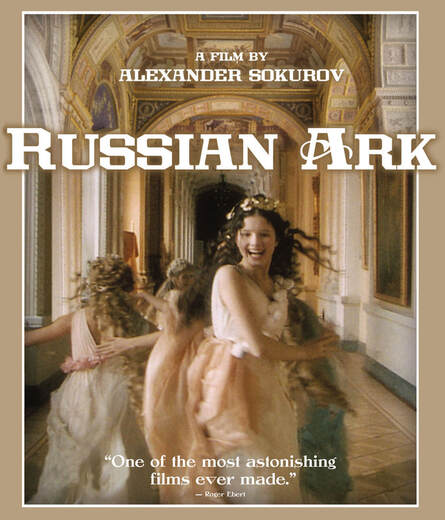
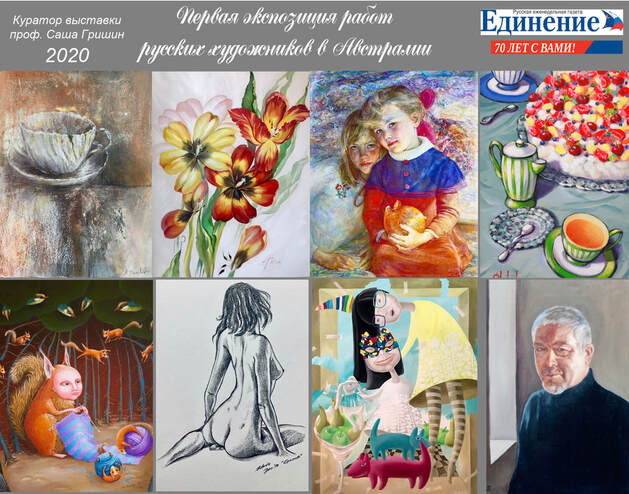
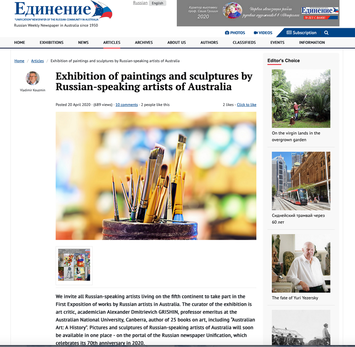
 RSS Feed
RSS Feed